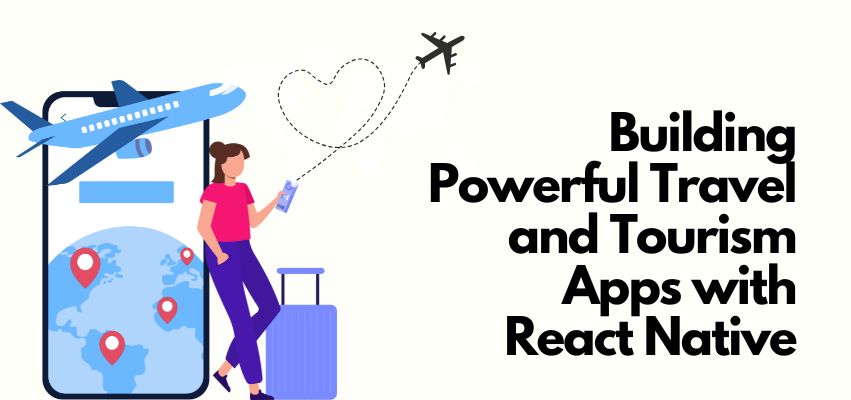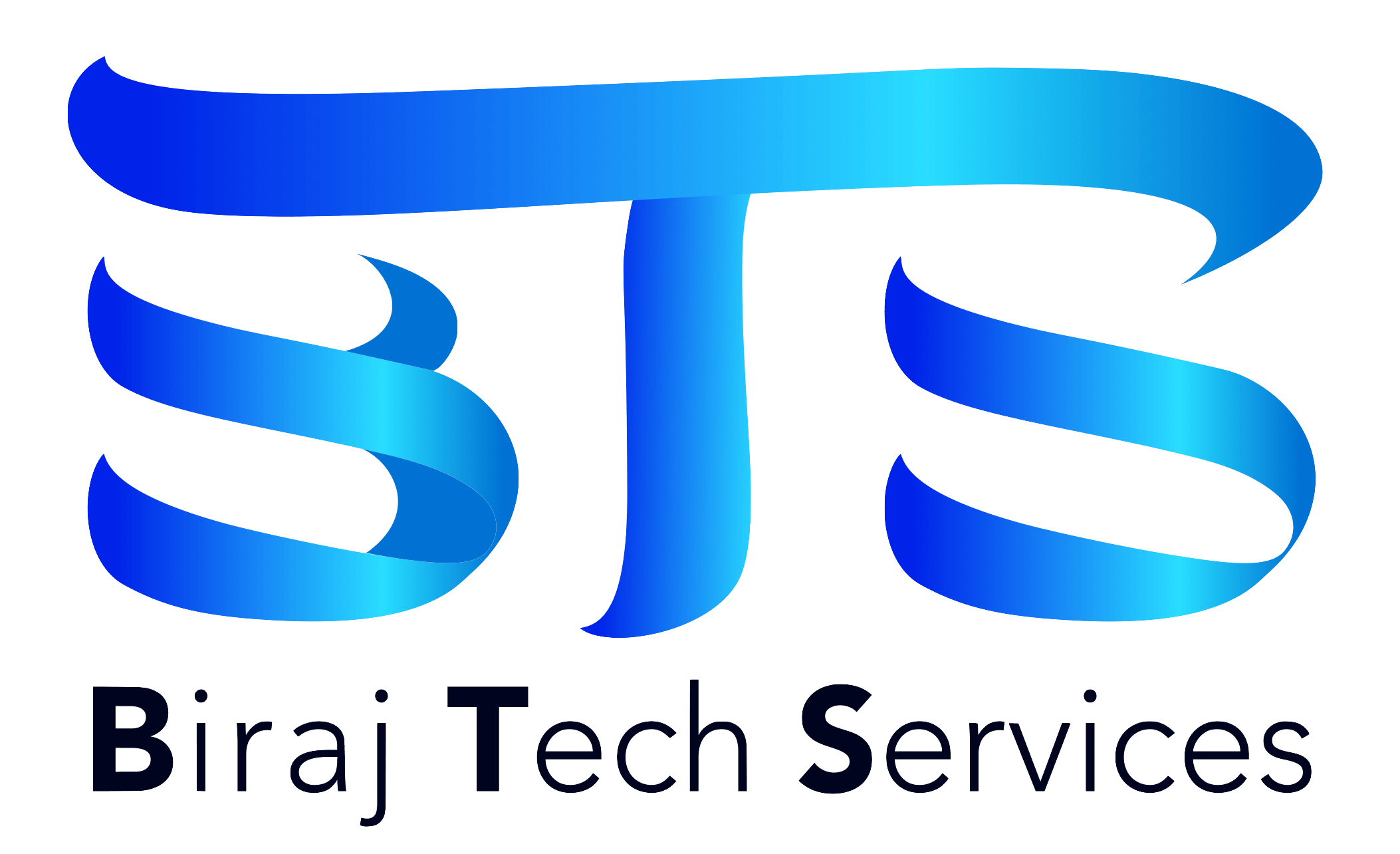
Developing Dynamic Travel Apps Using React Native
React Native simplifies travel app development with cross-platform support, cost efficiency, and a native-like experience. It enables faster launches and seamless performance, making it ideal for the tourism industry.
Building an app that is easier to develop, faster, and more efficient is essential in today’s fast-paced world. Research indicates that the global online travel booking services market was valued at around USD 519.11 billion in 2021, with a projected compound annual growth rate (CAGR) of 9% from 2022 to 2030.
Developing a React Native travel app enhances the user experience, makes the app visually appealing, and significantly improves speed and performance. With the growing demand for responsive travel apps, React Native offers a viable solution. Let’s explore what it takes to build a travel app in React Native.
Cost to Build a Travel App in React Native
The cost of building a React Native travel app depends on the required features, UI/UX design complexity, and overall development time. A basic travel app with standard features—such as user registration, search functionality, booking capabilities, and API integration for flights and accommodations—developed by a professional team could cost around $30,000 to $50,000+.
The cost can increase significantly for more advanced features like real-time notifications, complex search algorithms, social media integration, user reviews, and personalized recommendations. To get an accurate cost estimate, it is advisable to consult with app development agencies or experienced freelance developers who can assess your specific project requirements.
Why Choose React Native for the Tourism Industry?
React Native is a preferred framework for mobile app development due to its numerous advantages, making it well-suited for the tourism industry. Here’s why:
1. Cross-Platform Compatibility:
React Native allows developers to write code once and deploy it on both iOS and Android platforms. This reduces development time and costs, making it an ideal choice for the tourism industry where reaching a broader audience is crucial.
2. Cost-Effective Development:
By sharing a significant portion of the codebase across platforms, businesses can reduce development costs. A single development team can handle both iOS and Android platforms, resulting in significant cost savings.
3. Faster Development and Time-to-Market:
React Native’s hot-reloading feature enables developers to see code changes immediately, speeding up the development process. Faster development ensures that tourism apps can be launched quickly with new features and updates.
4. Native-Like Performance:
React Native bridges JavaScript with native components, delivering near-native performance and ensuring a smooth, responsive user experience. This is essential in the tourism industry where users expect seamless interactions.
5. Access to Device Features and APIs:
React Native provides access to a wide range of device features and APIs, such as geolocation, camera, and push notifications, enhancing user experience and enabling location-based services—a key requirement for tourism apps.
6. Large Developer Community and Ecosystem:
With a thriving community and extensive ecosystem of third-party libraries, tools, and resources, React Native developers can leverage pre-built solutions and community support to speed up the development process.
7. Seamless Web Integration:
React Native supports seamless web integration, enabling businesses to maintain consistent branding, synchronize data, and provide cross-channel user experiences by connecting the app with their existing web platforms.
Why Hire a React Native App Development Company?
1. Expertise and Experience
React Native development requires specialized knowledge and experience. Hiring a professional app development company gives you access to a team of experts who can deliver high-quality apps.
2. Time and Resource Efficiency
Developing an app, especially with advanced features, requires significant time and resources. An experienced development company can streamline the process and save time and costs.
3. Scalability and Flexibility
A development company can handle large-scale projects and adapt to changing requirements as the app evolves, ensuring scalability and flexibility.
4. Quality Assurance
Professional companies follow rigorous quality assurance (QA) practices to deliver a bug-free app with a smooth user experience.
5. Ongoing Support and Maintenance
After launch, apps require regular updates and maintenance to remain secure and functional. A reliable development company provides ongoing support to keep the app up to date.
Key Factors to Consider While Developing a React Native Travel App
When developing a React Native app for the travel industry, consider these critical factors to ensure a successful and user-friendly application:
- Cross-Platform Compatibility:
Ensure the app works seamlessly on both iOS and Android platforms to reach a wider audience while maintaining compatibility across various screen sizes and resolutions for an optimal user experience. - Performance Optimization:
Travel apps often require real-time updates, such as flight status or travel restrictions. Optimize performance to deliver accurate and fast information. - User Interface (UI) and User Experience (UX):
Design an intuitive and visually appealing interface to enhance user engagement. - API Integration:
Incorporate reliable APIs to provide real-time data on flight statuses, travel restrictions, and currency conversion rates. - Localization:
Make the app available in multiple languages to engage a global audience and enhance user comfort.
Essential Features to Include in Your Travel and Tourism App (e.g., FlyFi App)
- Web Check-In: Enable users to access web check-in links for airlines worldwide.
- Flight Status Updates: Provide real-time updates on flight statuses.
- Flight Seat Map: Allow users to select their preferred seats.
- Destination Travel Restrictions: Display up-to-date information on travel restrictions.
- COVID-19 Statistics: Keep users informed about pandemic-related guidelines.
- Currency Converter: Include an in-app currency converter for easy access.
Conclusion:
Building a powerful travel and tourism app with React Native involves careful consideration of factors like target audience, user interface, API integration, and performance optimization. Adding real-time booking, interactive maps, user reviews, and push notifications can enhance user experience and differentiate your app from competitors. To ensure success, prioritize simplicity, performance, and thorough testing before launch. Companies like BirajTech, an experienced app development firm, can help bring your vision to life by providing end-to-end development services, ensuring your travel app is feature-rich, responsive, and optimized for seamless user experiences.
